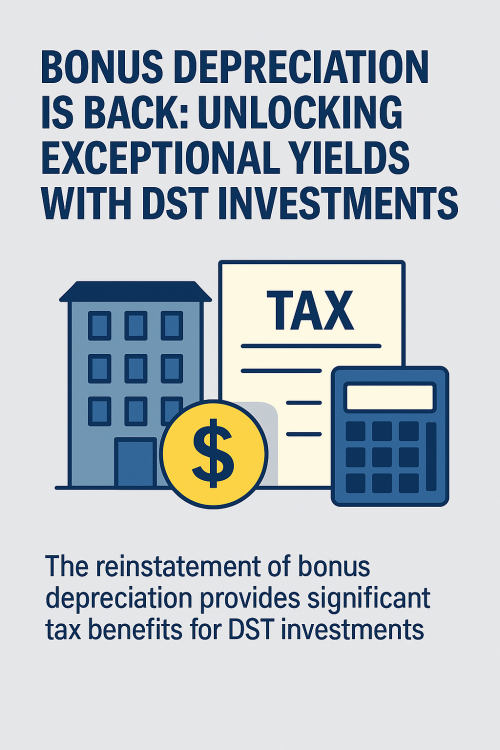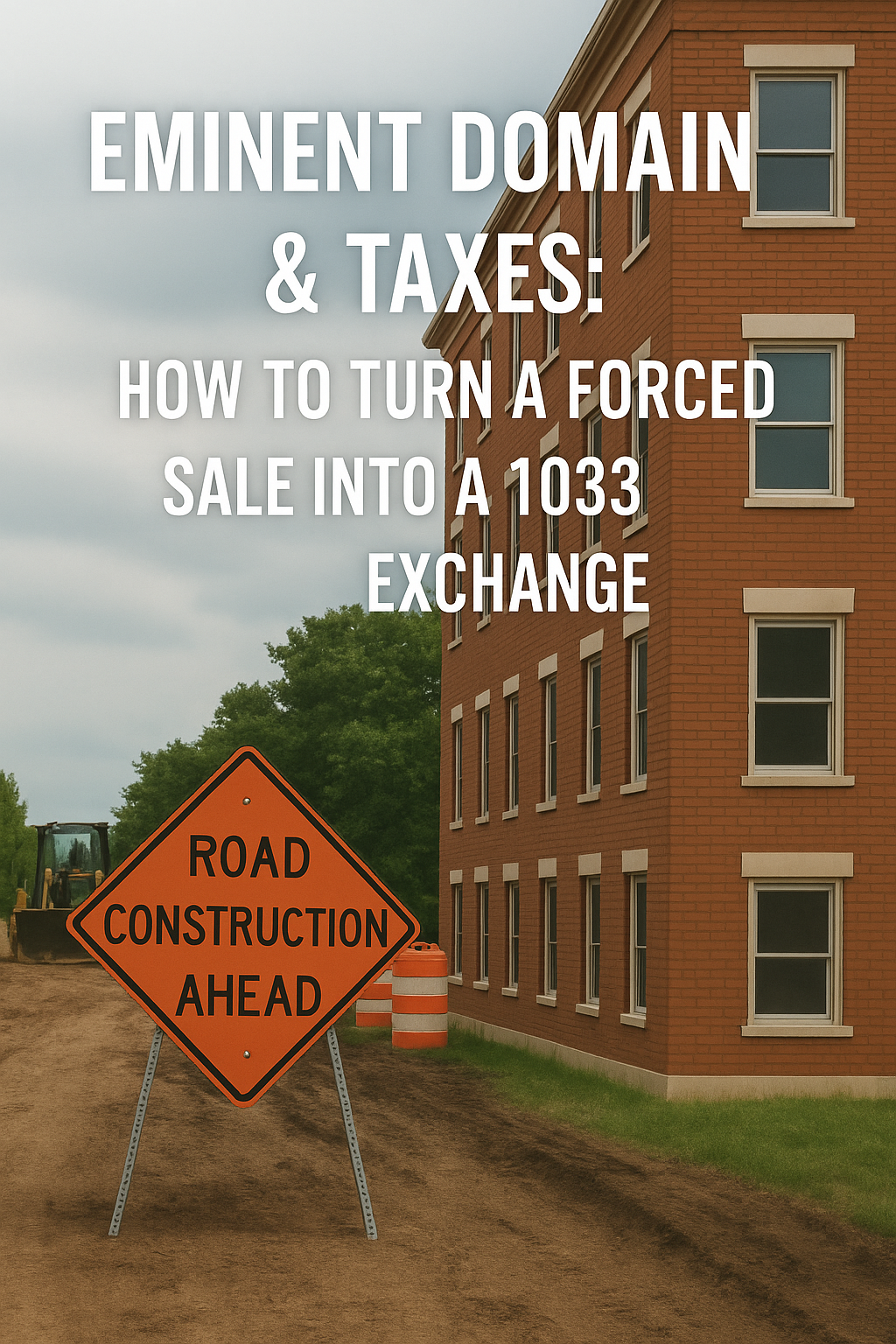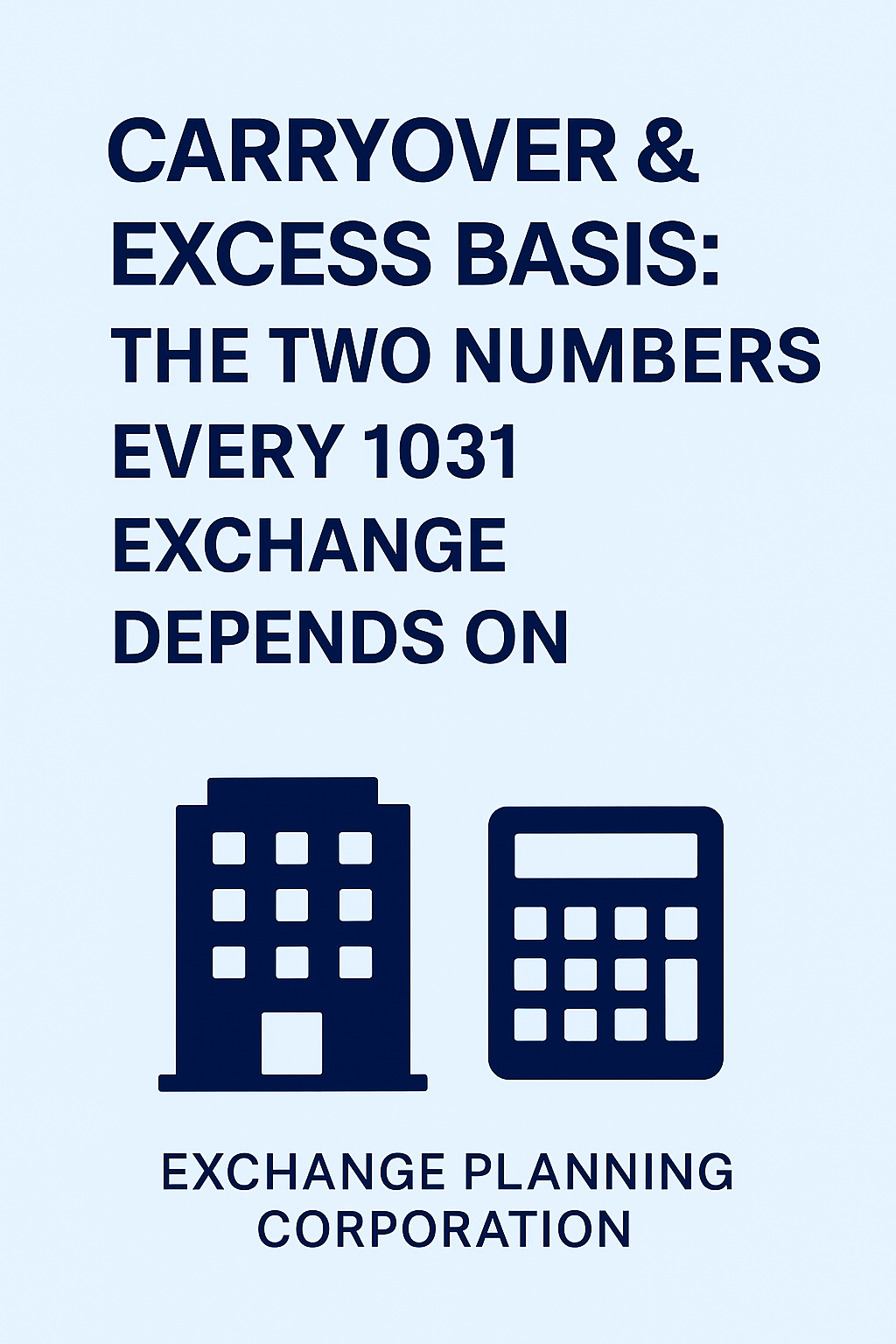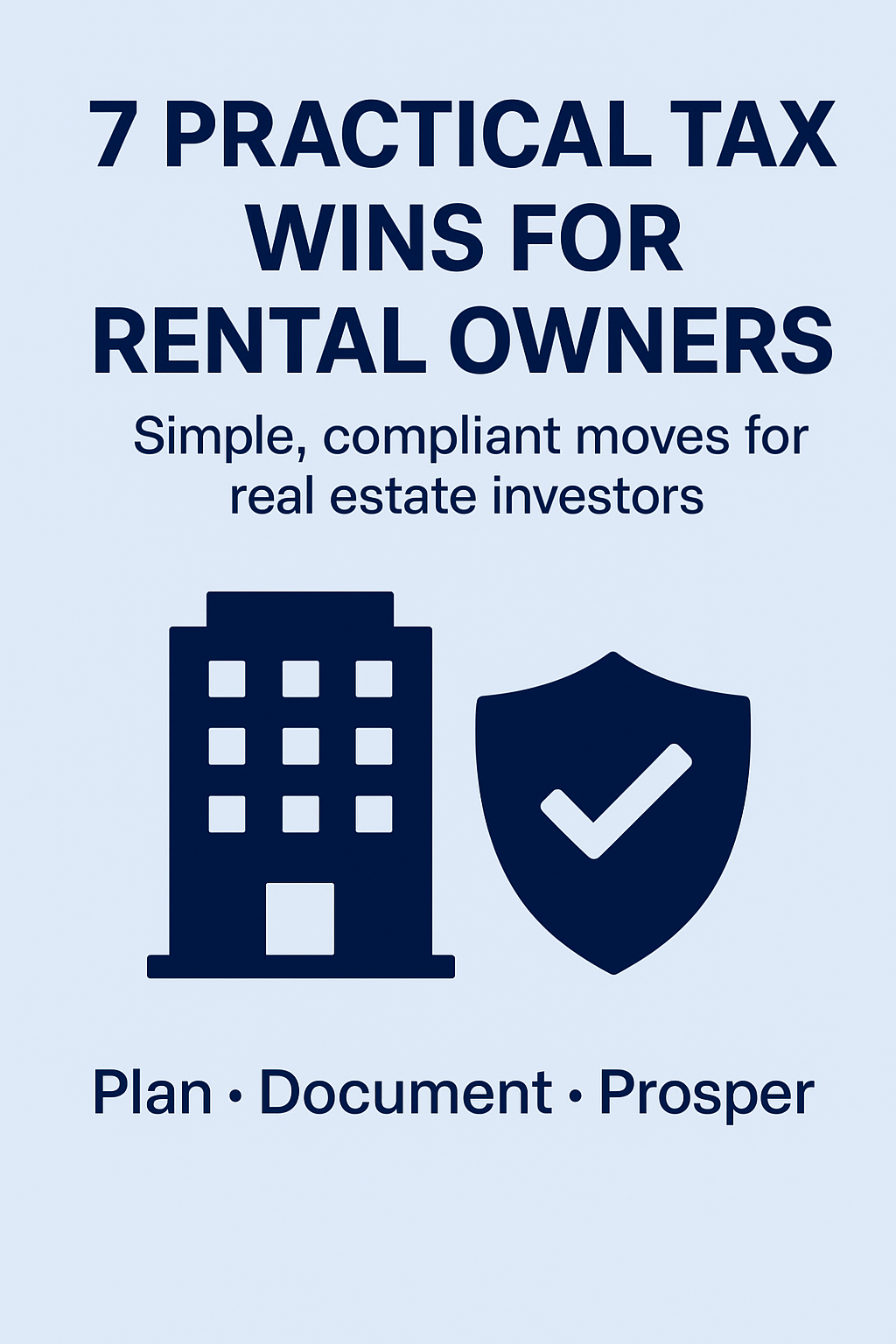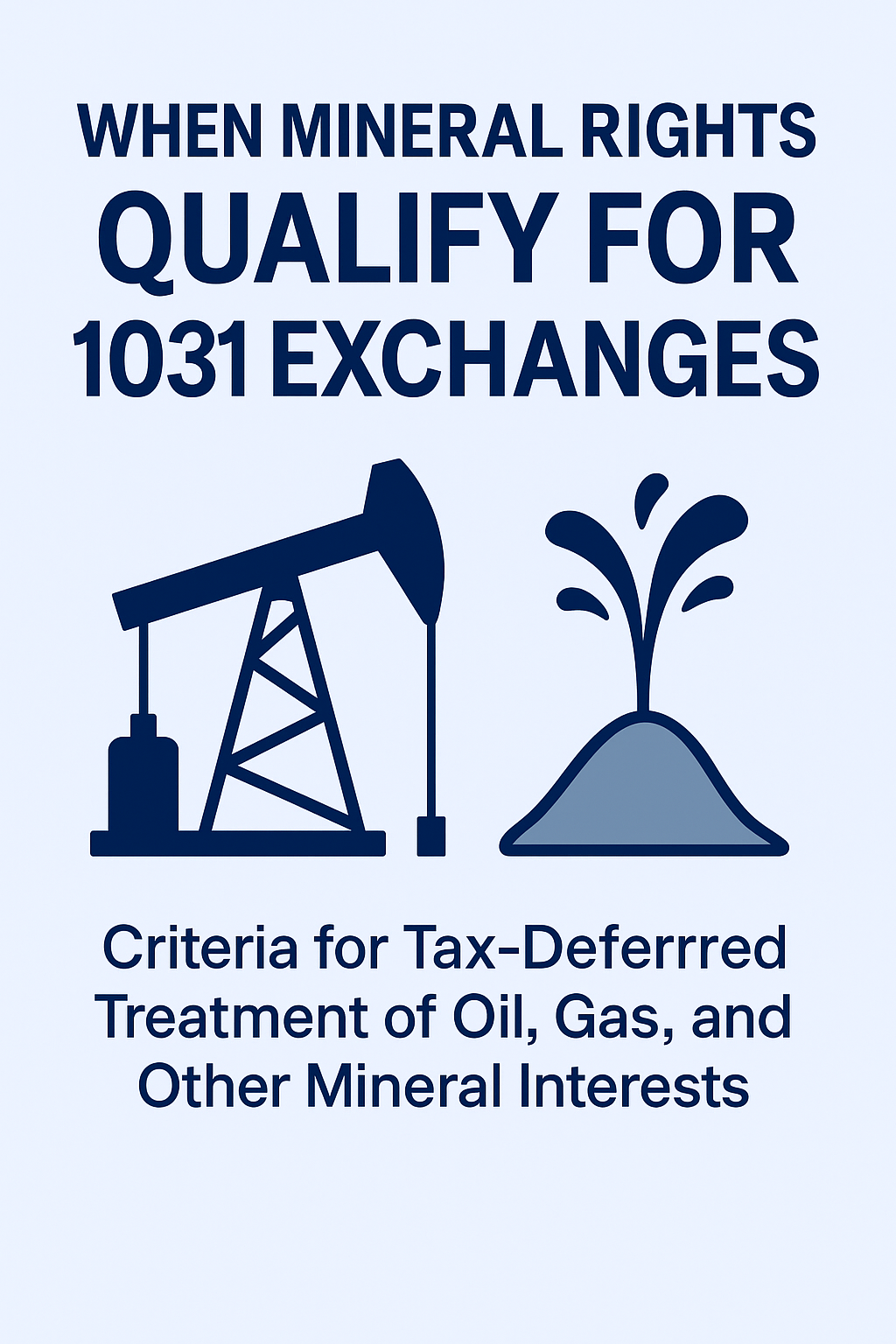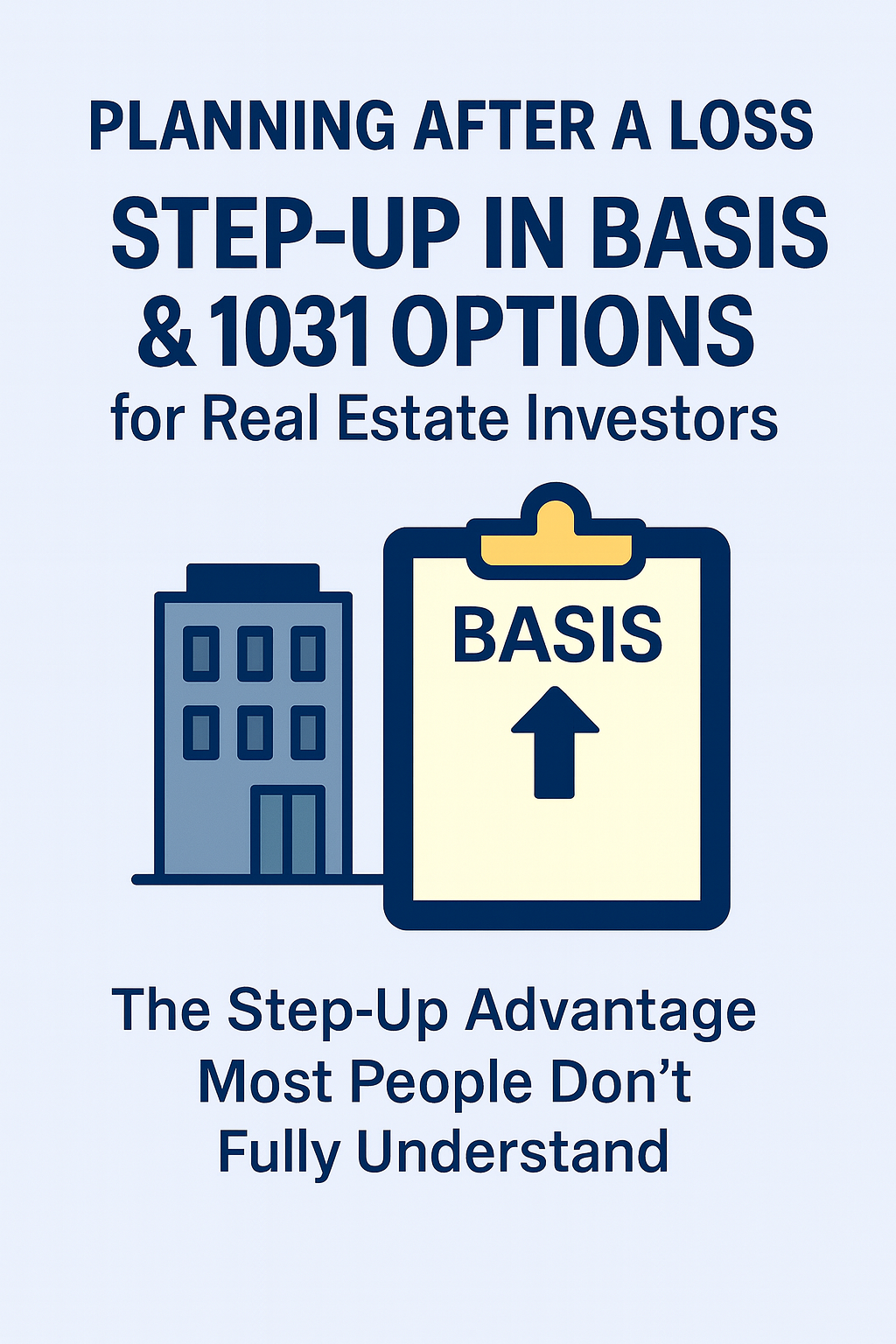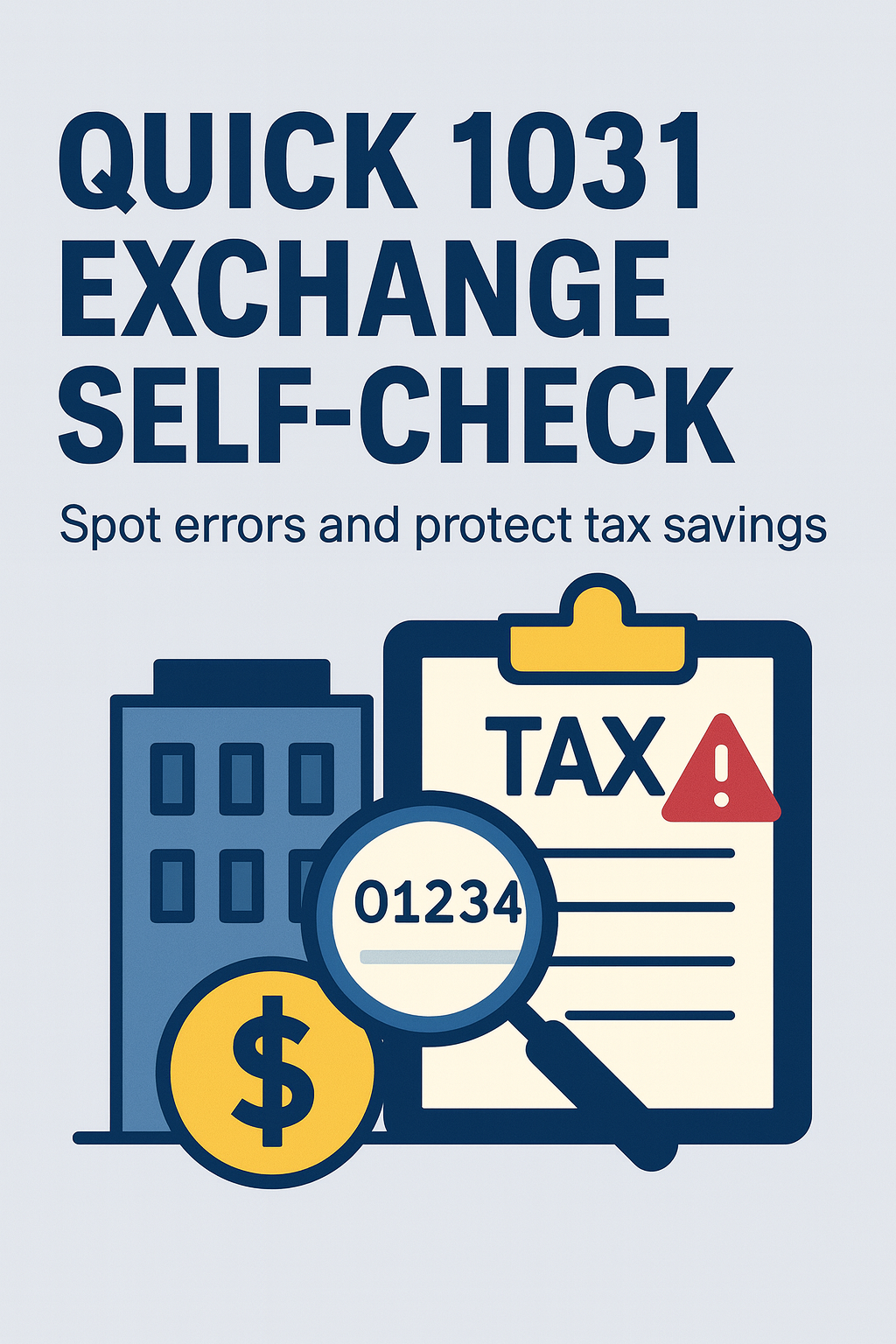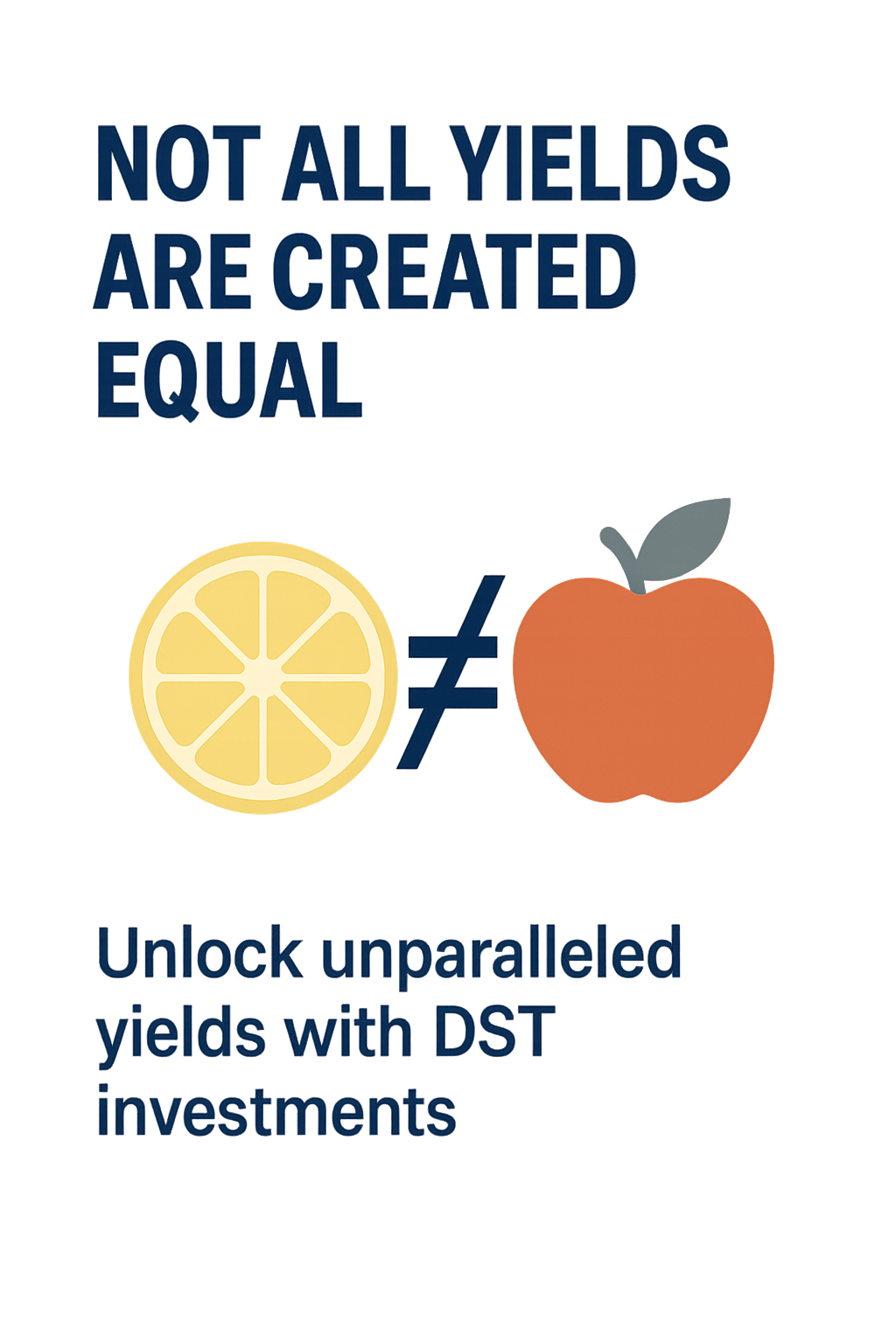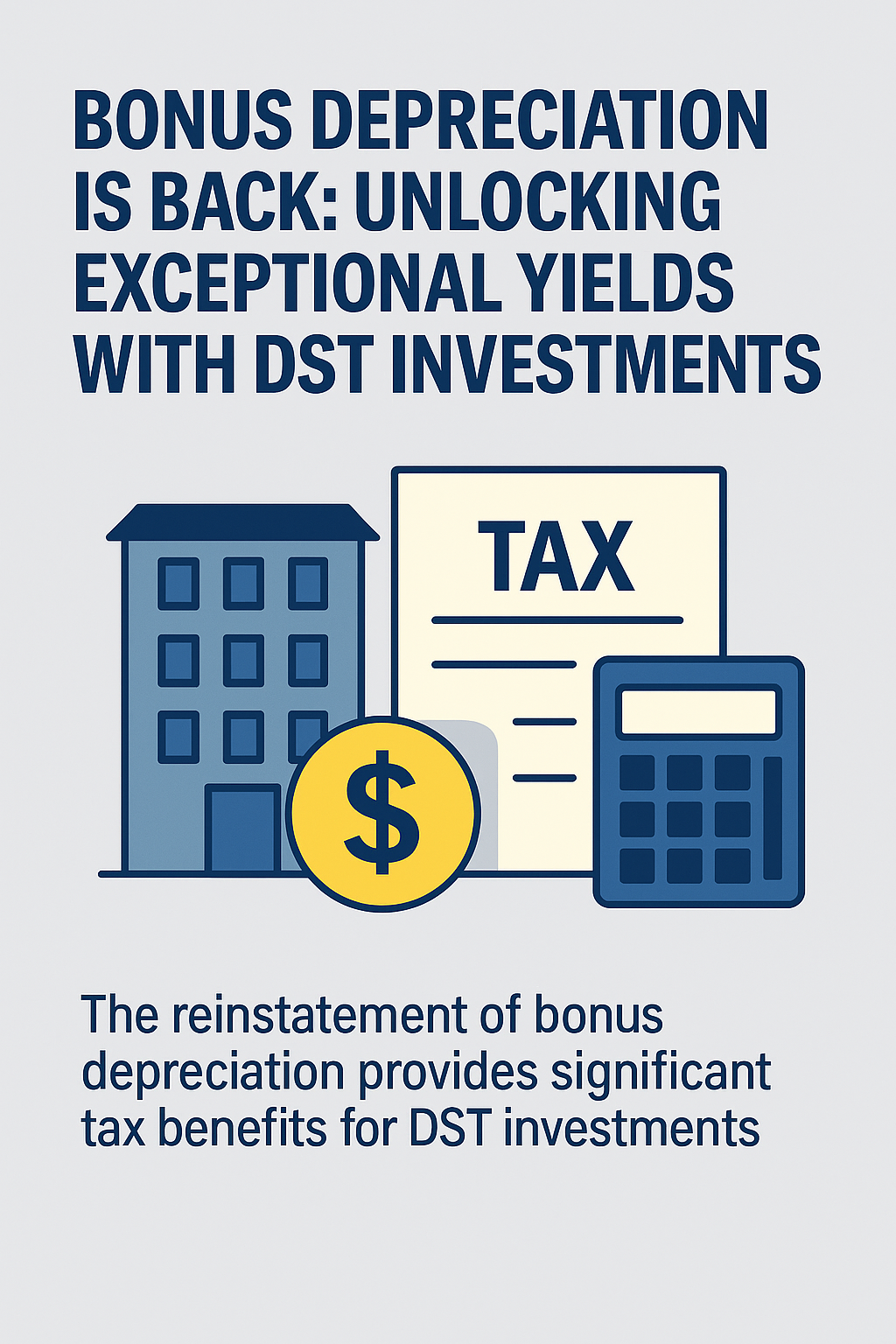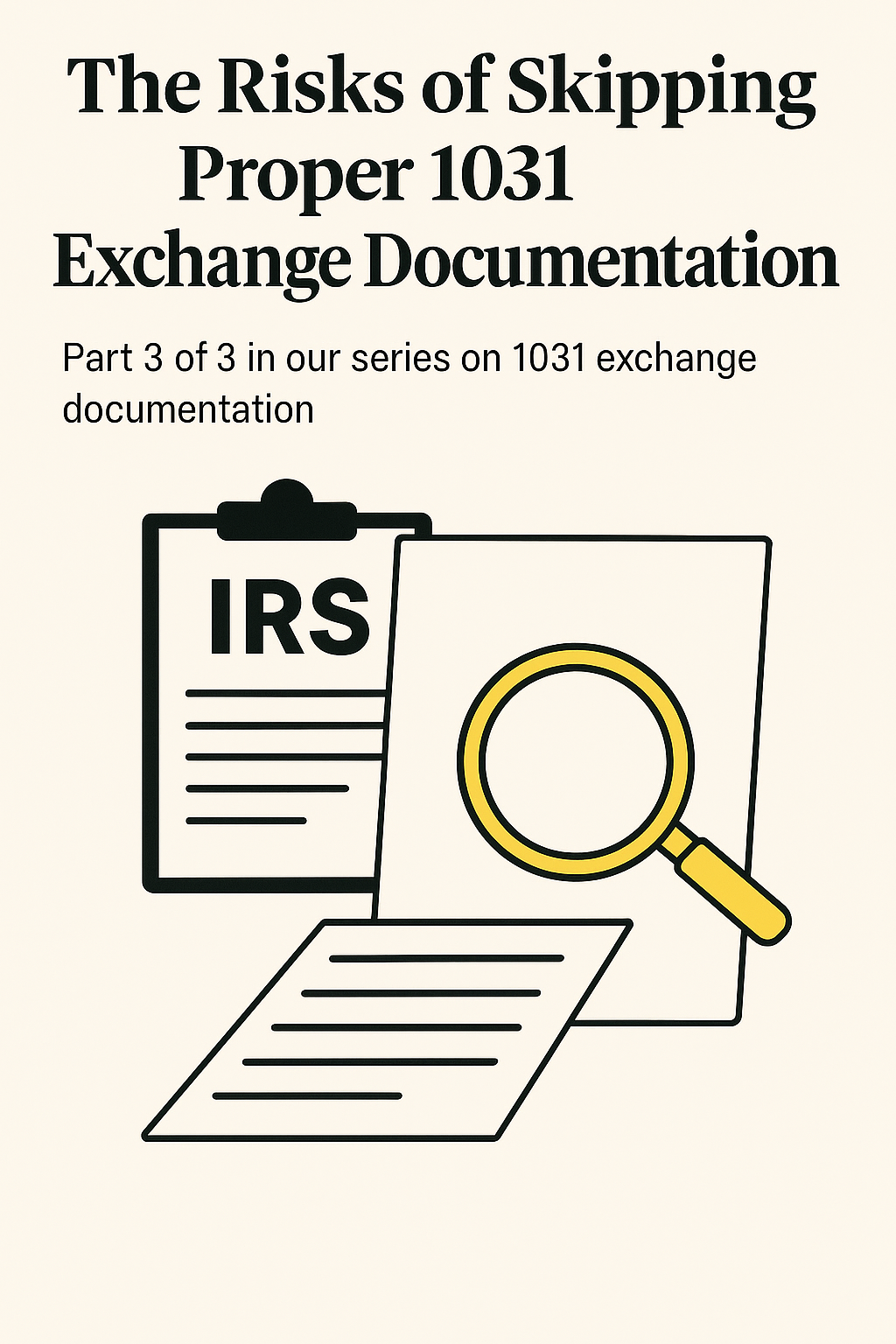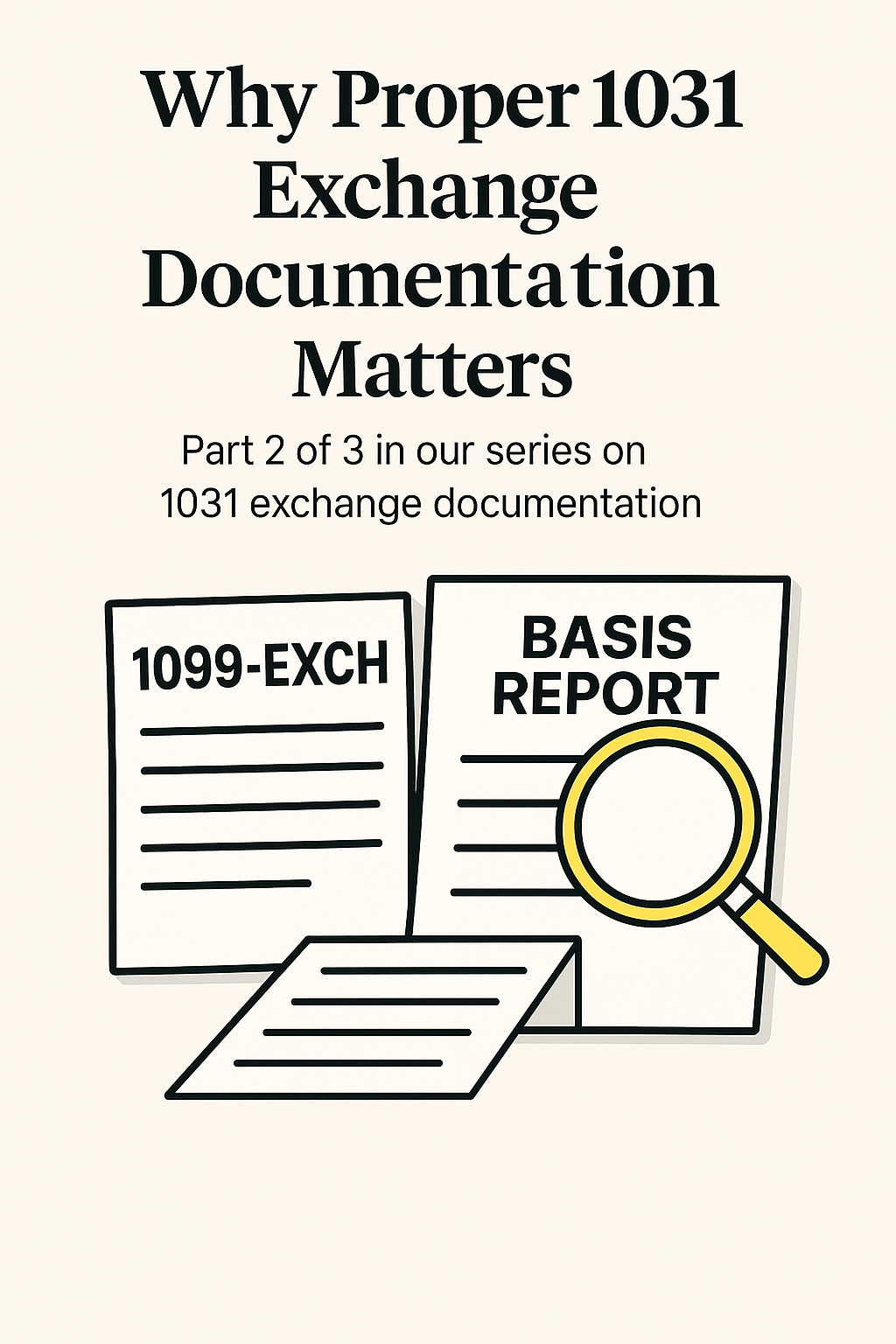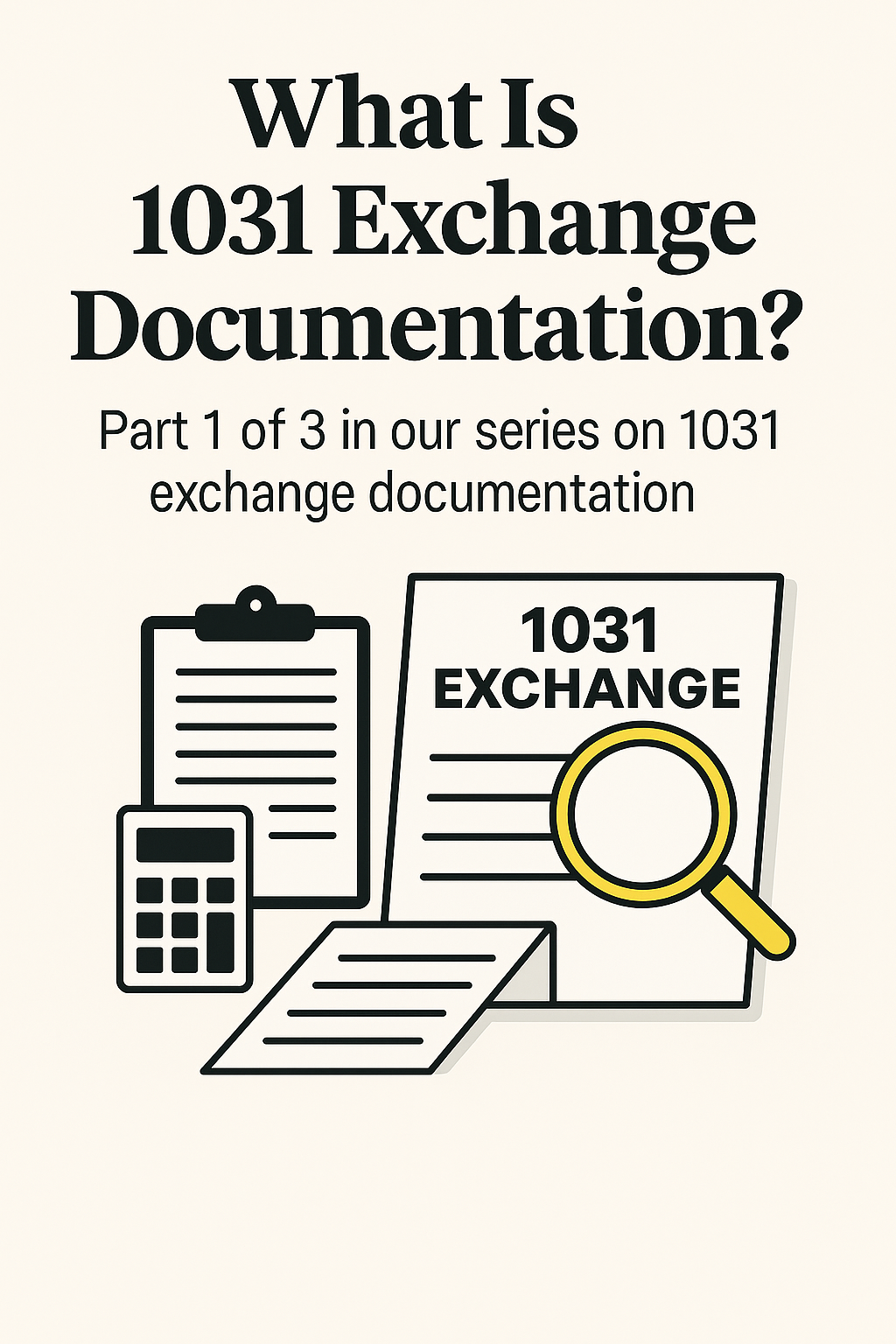The recent passage of the 2025 “One Big Beautiful Bill Act” (OBBBA) by Congress has made waves throughout the real estate and investment communities. Signed into law on July 4, 2025, the OBBBA reinstates 100% bonus depreciation for qualifying property acquired and placed in service after January 19, 2025. This powerful incentive revives a critical tax-saving strategy that significantly impacts property investors, particularly when combined with Delaware Statutory Trust (DST) investments.
Let’s dive deeper into how the return of 100% bonus depreciation, alongside strategies like cost segregation, could supercharge returns for your investment portfolio.
What is Bonus Depreciation, and Why is it Big News?
Bonus depreciation allows investors to immediately deduct the full cost of qualifying assets in the year they’re placed in service, rather than spreading deductions over multiple years. This results in an immediate and substantial reduction in taxable income, significantly improving cash flow and overall returns.
The reinstatement of 100% bonus depreciation under OBBBA is especially noteworthy, as it provides investors the opportunity to maximize their after-tax returns over the next several years, particularly within structured investment vehicles like DSTs.
Bonus Depreciation Phase-Out and Revival
Originally, 100% bonus depreciation was introduced by the Tax Cuts and Jobs Act of 2017 but was set to phase down gradually starting in 2023: 80% in 2023, 60% in 2024, 40% in 2025, and 20% in 2026, before fully phasing out in 2027. This planned phase-out limited immediate tax benefits for investors in recent years.
The 2025 “One Big Beautiful Bill Act” (OBBBA) has now reversed this schedule, reinstating 100% bonus depreciation for qualifying property acquired and placed in service after January 19, 2025, providing a powerful boost to real estate investors and DST strategies.
The Role of Cost Segregation
Cost segregation is a powerful tax strategy used to accelerate depreciation by categorizing building assets into shorter depreciable life categories. Pairing cost segregation with bonus depreciation amplifies tax benefits, creating even greater cash flow advantages for real estate investors.
How Bonus Depreciation Enhances DST Returns
Consider the following practical examples to illustrate these benefits clearly:
Scenario 1: A 1031 Exchange Investor
Imagine a client who exchanges a fully-paid-off rental property valued at $500,000 into a DST holding a multifamily property with 45% leverage and a projected annual cash flow of 4.5%. Due to 100% bonus depreciation, this investor may generate sufficient depreciation deductions to fully shelter all DST income and offset an additional $100,000 of external rental income over five years.
In this scenario, the investor’s total cash flow might amount to $112,000 over five years. Factoring in significant tax savings, they effectively pocket around $150,000. This boosts the after-tax return to over 6%, translating into nearly a 9% taxable yield—far superior to the initial 4.5% projection.
Scenario 2: A Cash Investor
Many investors aren’t aware that cash investments into DSTs can significantly benefit from bonus depreciation. Suppose a client invests $100,000 cash into the same DST property. Utilizing bonus depreciation, they could save as much as $22,000 in taxes during the very first year.
Over five years, these tax savings compound, resulting in enhanced annual after-tax yields. For instance, the combined effect of initial tax savings, continued cash flow, and further depreciation deductions could result in a taxable-equivalent yield approaching 14%. Compared to typical returns from alternative investments, this represents an exceptional opportunity to significantly amplify wealth creation through strategic tax planning.
Capitalizing on Bonus Depreciation
While these scenarios showcase compelling potential, remember that actual results can vary widely based on individual tax situations, specific DSTs chosen, and proper execution of strategies like cost segregation.
At Exchange Planning Corporation, our experts provide personalized assessments to align DST investments strategically with your financial goals and tax circumstances. Leveraging the newly reinstated 100% bonus depreciation effectively can dramatically improve your investment outcomes.
Contact us today for a tailored consultation on how DST investments can enhance your tax savings strategy and deliver exceptional yields.
Frequently Asked Questions (FAQs)
1. What types of property qualify for 100% bonus depreciation?
Eligible properties typically include tangible assets like equipment, furniture, vehicles, and Qualified Improvement Property (improvements made to commercial buildings).
2. Can cash investors benefit from bonus depreciation with DSTs?
Absolutely. Cash investors can utilize 100% bonus depreciation to significantly reduce their taxable income through DST investments.
3. For which dates is bonus depreciation retroactively available?
Bonus depreciation under OBBBA applies only to qualifying property acquired and placed in service after January 19, 2025. No retroactive claims apply for earlier periods.
4. How does bonus depreciation affect after-tax yields?
By reducing taxable income immediately, bonus depreciation enhances after-tax yields, significantly increasing the overall taxable-equivalent returns.
5. Who should consider DST investments to leverage bonus depreciation?
Investors with substantial taxable income from real estate or business activities, those seeking tax-efficient investments, or individuals involved in 1031 exchanges should strongly consider DSTs as a strategic component of their investment and tax planning.

